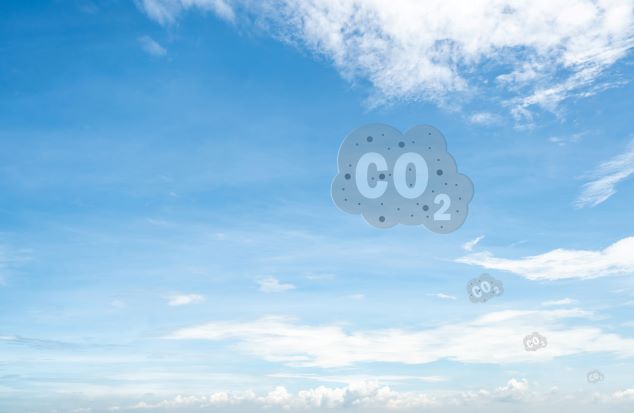Brian McCowan, Zondits staff, 11/15/2022
Zondits spoke with Gary Epstein of DNV who leads an initiative to assist utilities, businesses, and governmental entities with meeting their decarbonization goals.
I am often hearing the terms decarb and decarbonize either in reference to the economy or buildings. But I am not clear on what it really means. Is it Carbon, or Carbon Dioxide (CO2), or is Carbon being used as a universal term for all greenhouse gasses? Can I be the only one that doesn’t “get” this?
Decarbonization is a path toward reducing and eventually eliminating greenhouse gas (GHG) emissions that are contributing to global climate change. I agree that the terminology can be confusing. Carbon in this context is indeed referring to the gas; carbon dioxide (CO2). Increased levels of CO2 in the atmosphere is a major factor in climate change. But CO2 is not the only GHG. Methane for example is a gas with a much higher climate change potential than CO2, yet these other GHGs are typically measured in their potential impacts as CO2 equivalency or CO2e.
There are two main aspects to decarbonization, and both are needed to reach societal climate goals. The first involves curtailing the GHG gas emissions produced by the combustion of fossil fuels. Energy efficiency and expanded reliance on renewable energy sources such as wind, solar, and hydropower are big pieces of the puzzle. For these to have the largest possible impacts, electrifying as many sectors and end-uses as possible is needed. The transition to electric vehicles and heat pumps are two examples.
Decarbonization will also require capturing emissions and enhancing carbon storage in some combination of agricultural lands, forests, and geological formations. Many carbon capture pilot programs are now underway, and/or in the planning stages. For example, forestry programs here and abroad are beginning to compensate landowners for managing forestland to enhance carbon storage, rather than managing for the harvesting of timber.
Here’s a Columbia University article that takes a deeper dive into the topic.

